This is the premise that opens up many opportunities for cultural industries in Hanoi.

Outstanding premise for development
Cultural policies in the 2024 Capital Law have two important groups, including policies on protection and policies on development of the capital's cultural values.
Specifically, the policy group on protection with notable regulations such as allowing the establishment of the Fund for Preserving the Historic Inner City Area of the Capital; allowing the city to prescribe a higher level of support than current regulations for many subjects operating in the fields of culture, arts, artisans and practitioners of intangible cultural heritage...
The policy group on developing cultural values offers special and outstanding incentives, including regulations on the establishment of commercial and cultural development zones. The law stipulates that Hanoi city is allowed to build a cultural industrial center on the riverbank, the Red River floating bank and other areas with advantages in terms of cultural space location, in accordance with the planning.
At the same time, the City People's Council is assigned to regulate the authority, order and procedures for establishment; organization, operation, management measures and preferential policies applied to cultural industrial centers using the city's resources (Clause 7, Article 21).
In addition, the 2024 Capital Law also mentions resources to protect and develop cultural heritage values such as the President Ho Chi Minh Memorial Site at the Presidential Palace; President Ho Chi Minh Mausoleum, Ho Chi Minh Museum; Hoan Kiem Lake area, West Lake; old quarter, ancient villages, craft villages, villages with typical traditional crafts... and investment in the construction of a number of new cultural and sports facilities.
In particular, the city is allowed to apply the public-private partnership method in the fields of culture and sports on a scale equivalent to that of health and education projects. Investors enjoy higher incentives than previously prescribed on land rent, water surface rent and corporate income tax when investing in 12 cultural industrial fields.
The hallway is clear.
Receiving the good news, experts in the cultural field and legal policy makers all said that the legal corridor has been cleared, creating an opportunity for the capital's cultural industry to take off.
Among the new points, according to the Hanoi Council for Coordinating Legal Education and Dissemination, the 2024 Capital Law stipulates that Hanoi is allowed to build a cultural industrial center on the riverbanks, the Red River floating banks and other areas with advantages in terms of cultural space location. This is an outstanding and specific provision to institutionalize Resolution No. 15-NQ/TU (dated May 5, 2022) of the Politburo on "Orientations and tasks for the development of Hanoi Capital to 2030, with a vision to 2045".
This regulation will facilitate the strong development of cultural industries in which the Capital has many strengths, realizing the policy of developing cultural industries in parallel with building and perfecting the cultural market, while at the same time linking the goal of developing cultural industries with building a creative city so that the Capital is worthy of being a member of the UNESCO Creative Cities Network, a center of convergence and cultural crystallization of the whole country.
Regarding the protection and promotion of the 5,922 cultural heritages of the Capital, the Capital Law allows the establishment of a Fund for the Conservation of Hanoi's Historic Inner City Area. This brings much hope for resources for maintenance and repair work.
The Capital Law also allows public-private cooperation in the cultural sector. Typically, it promotes public-private cooperation between the government and the community in developing culture combined with trade and tourism.
The Law allows the signing of contracts for the concession of exploitation and management of cultural and sports infrastructure works and valuable architectural works that are public assets managed and used by agencies and organizations with investors and enterprises to exploit the works and construction items for a certain period of time in order to create a specific financial mechanism for effective exploitation, operation and maintenance, in accordance with their functions; to organize more and more extensive cultural and sports activities, to better meet social needs.
These regulations pave the way for the private sector to develop its potential. However, from the framework policy to specific regulations and practical application, there are always concerns and confusion, requiring courage to act. Therefore, public opinion is waiting for detailed instructions and Hanoi to continue to take specific actions to "roll out the carpet" for investors, helping the capital's cultural industry to soon seize the opportunity to take off.
Hanoi aims to strive for revenue from cultural industries to reach 5% of the Gross Regional Domestic Product (GRDP) by 2025, 8% by 2030 and 10% by 2045, compared to 3.7% of the city's GRDP in 2018 (Report No. 59/BC-BTP dated February 28, 2024 of the Ministry of Justice on the Impact Assessment Report of the revised Law on the Capital).
Source: https://hanoimoi.vn/co-hoi-cho-cong-nghiep-van-hoa-thu-do-696760.html









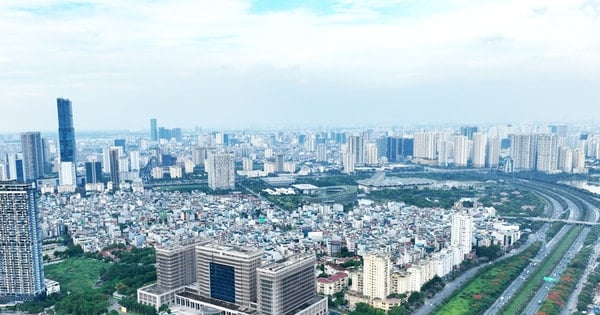
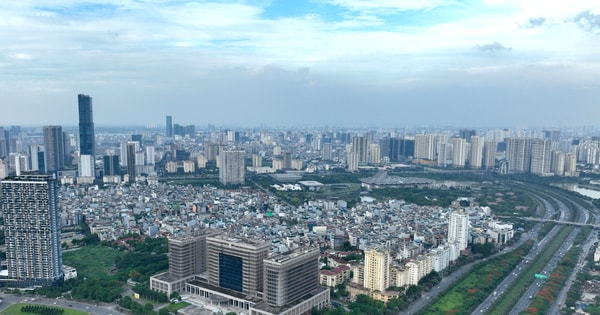
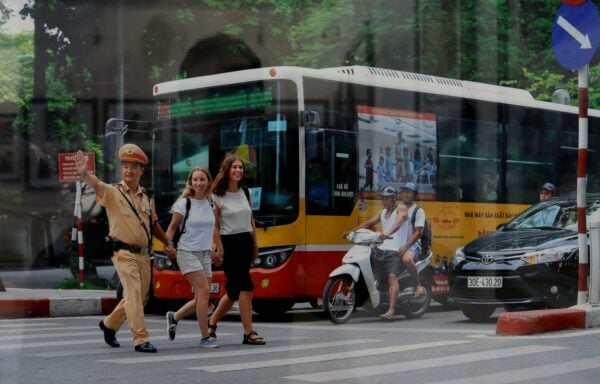
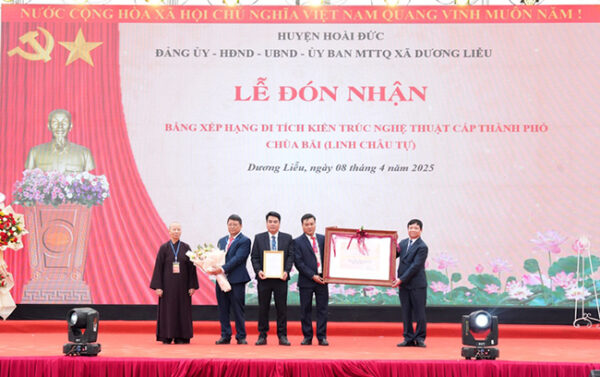
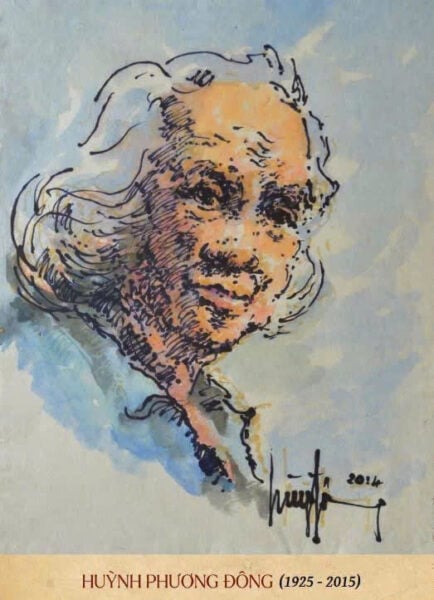

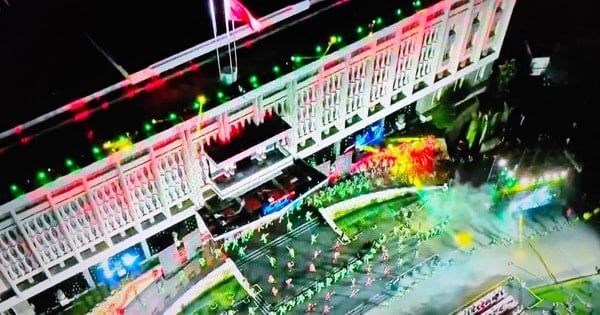
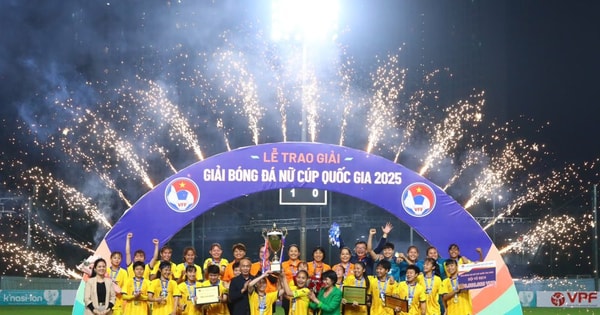

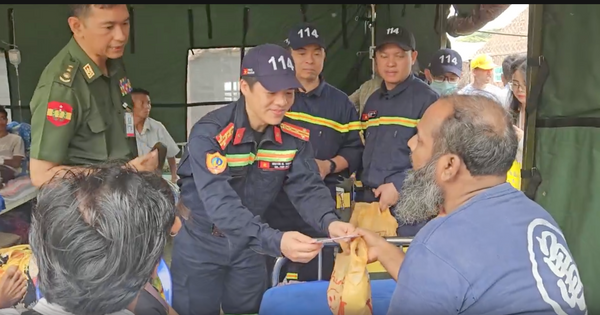
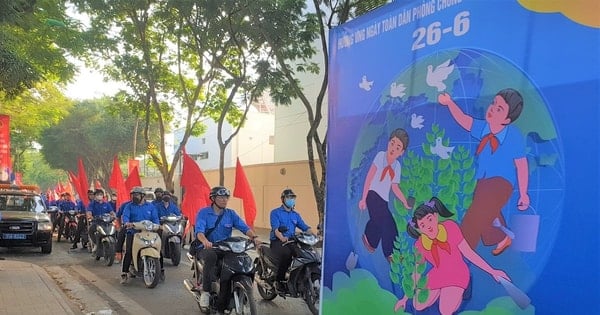
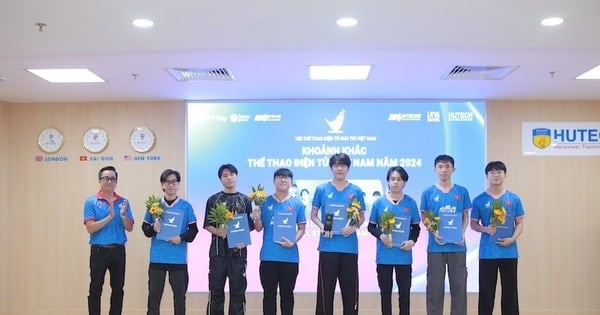
![[Photo] Visiting Cu Chi Tunnels - a heroic underground feat](https://vstatic.vietnam.vn/vietnam/resource/IMAGE/2025/4/8/06cb489403514b878768dd7262daba0b)


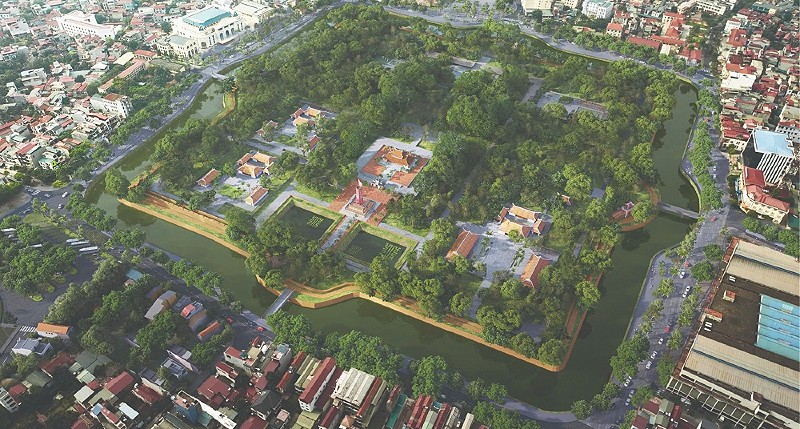












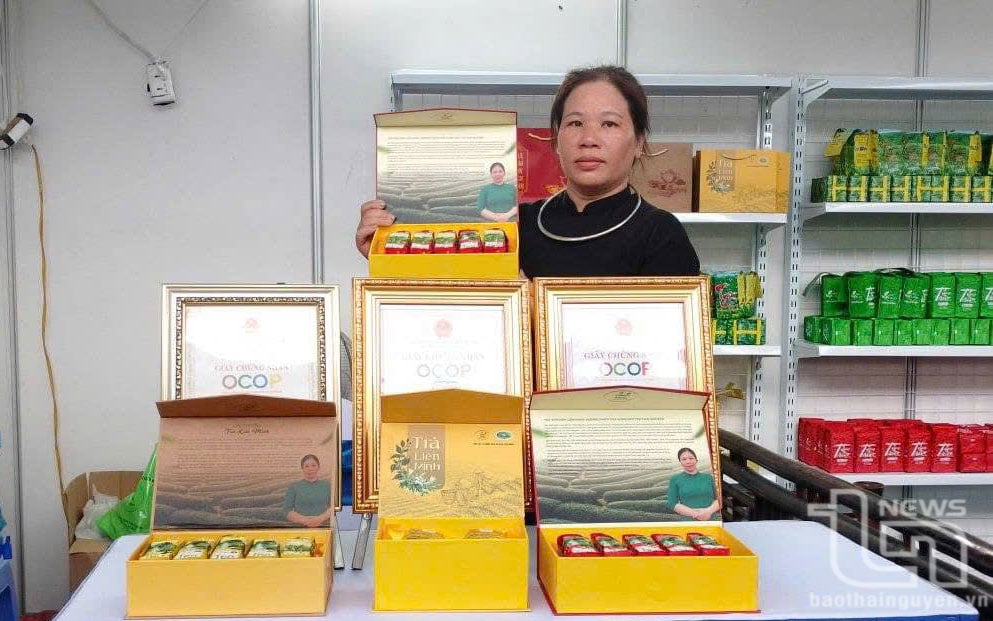



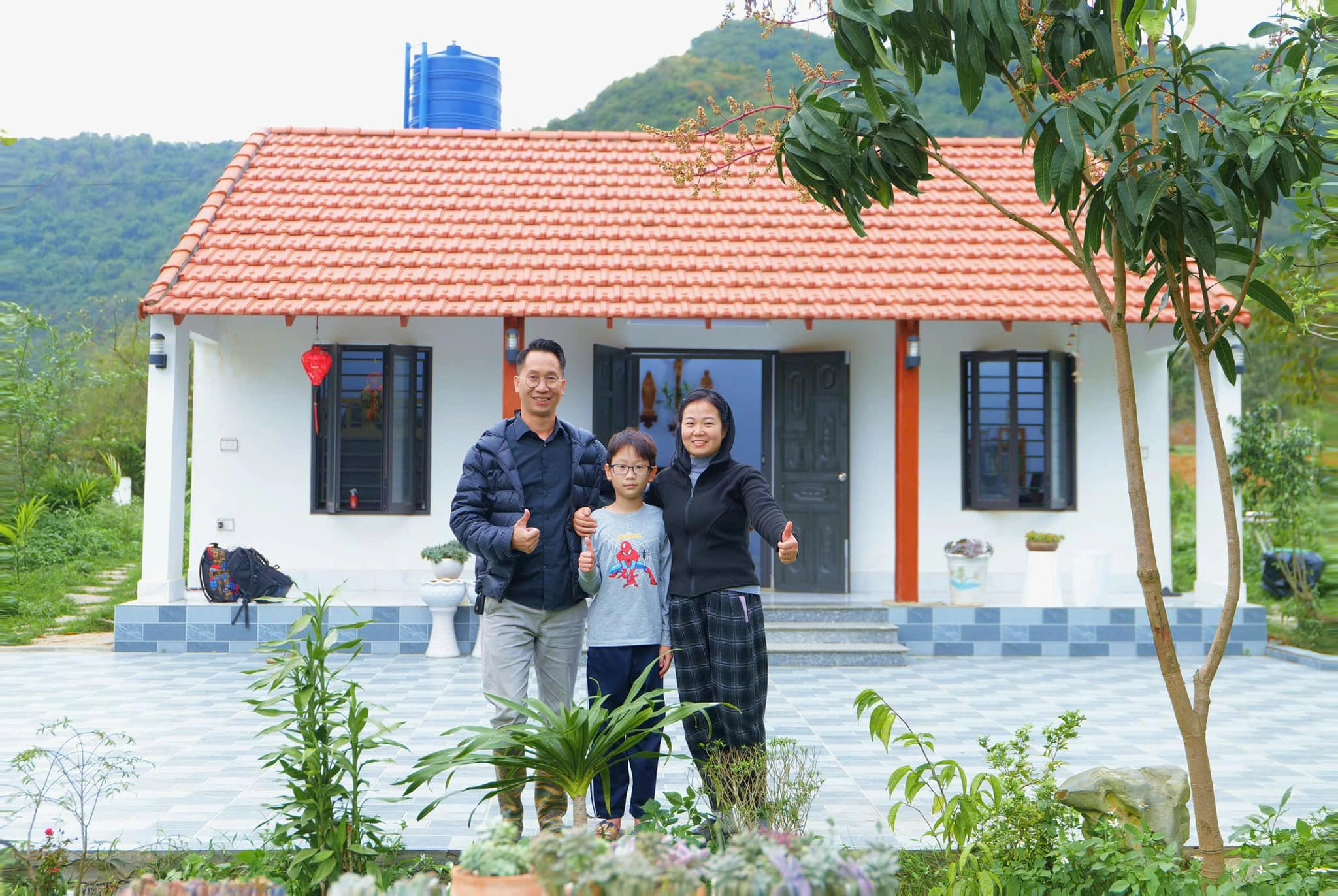



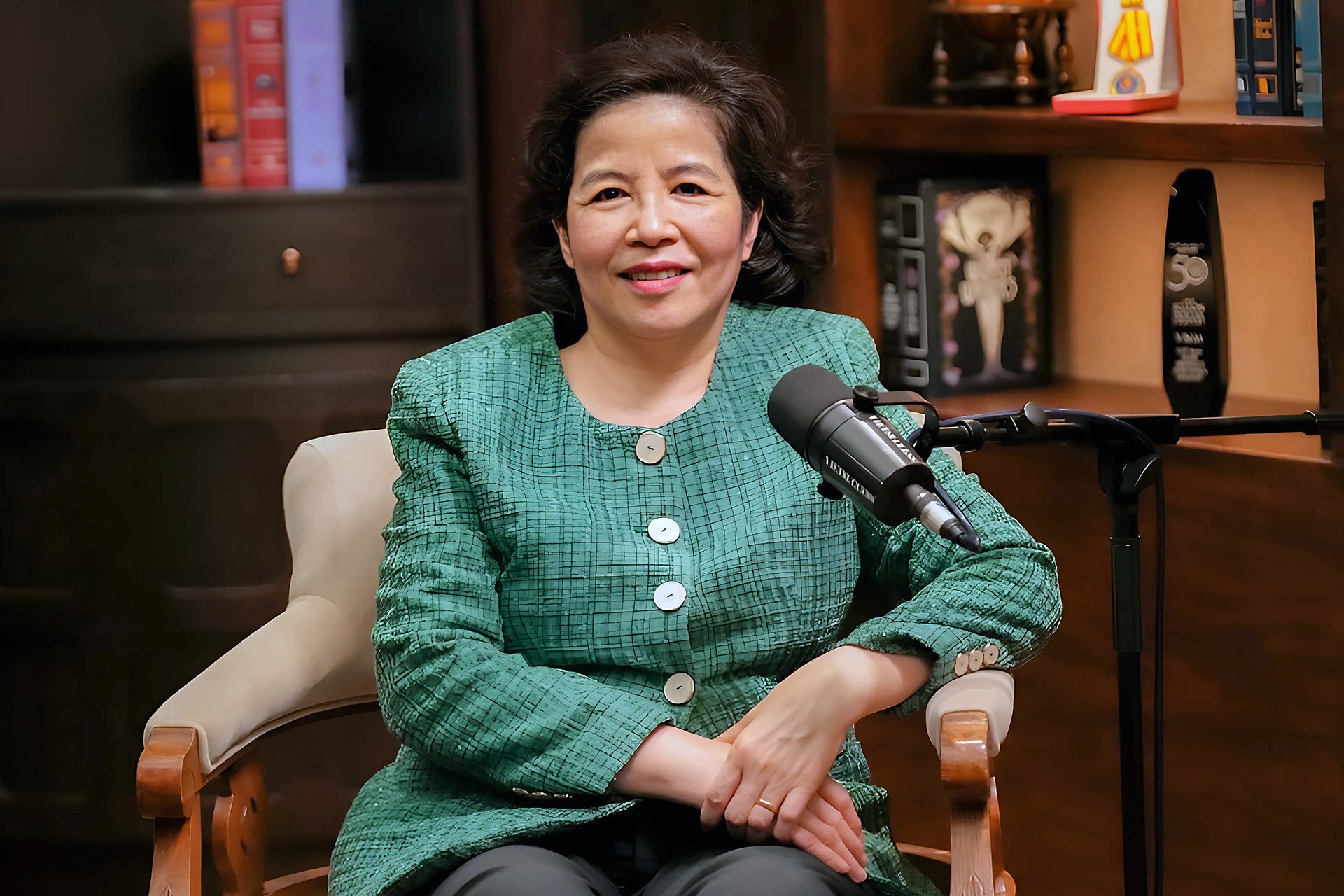
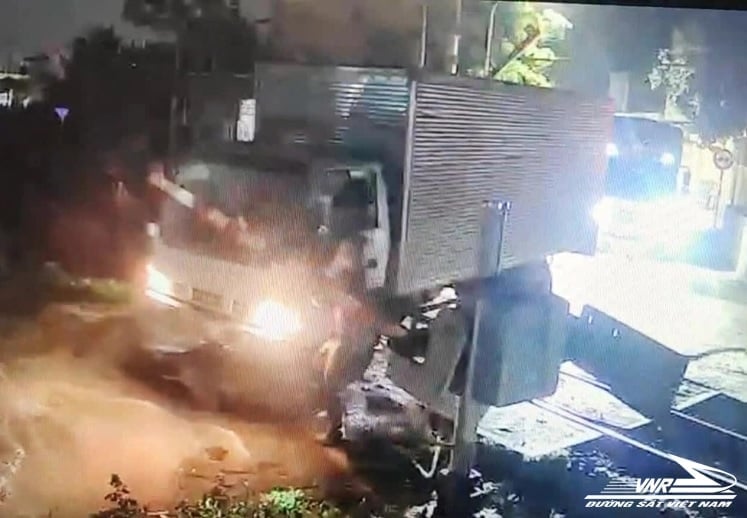
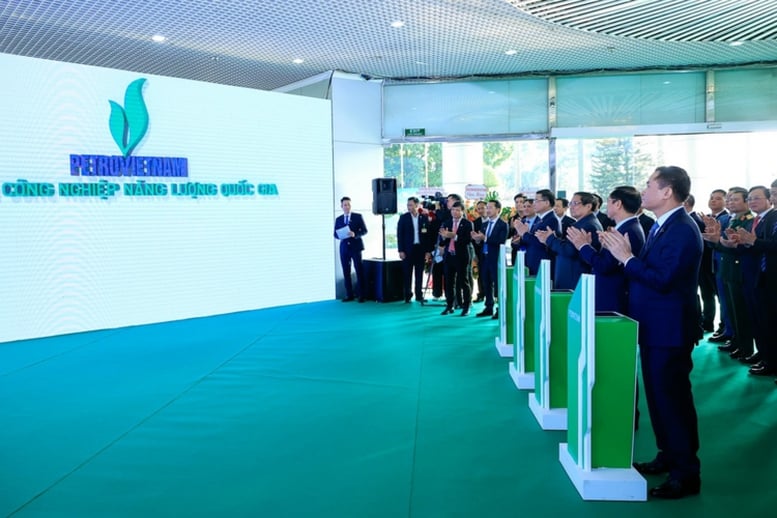

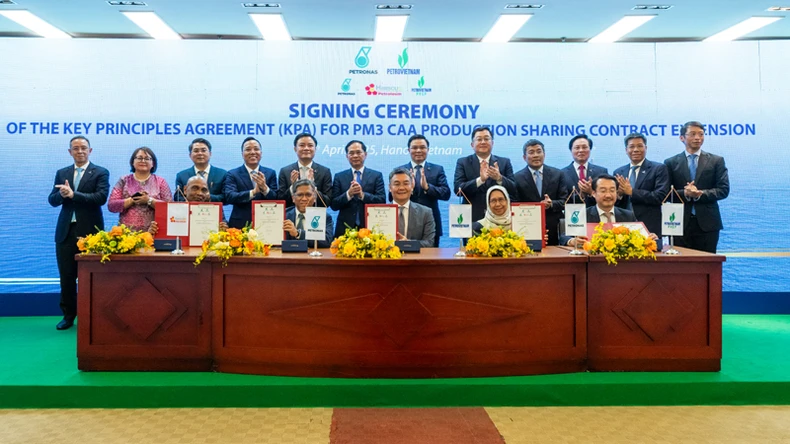

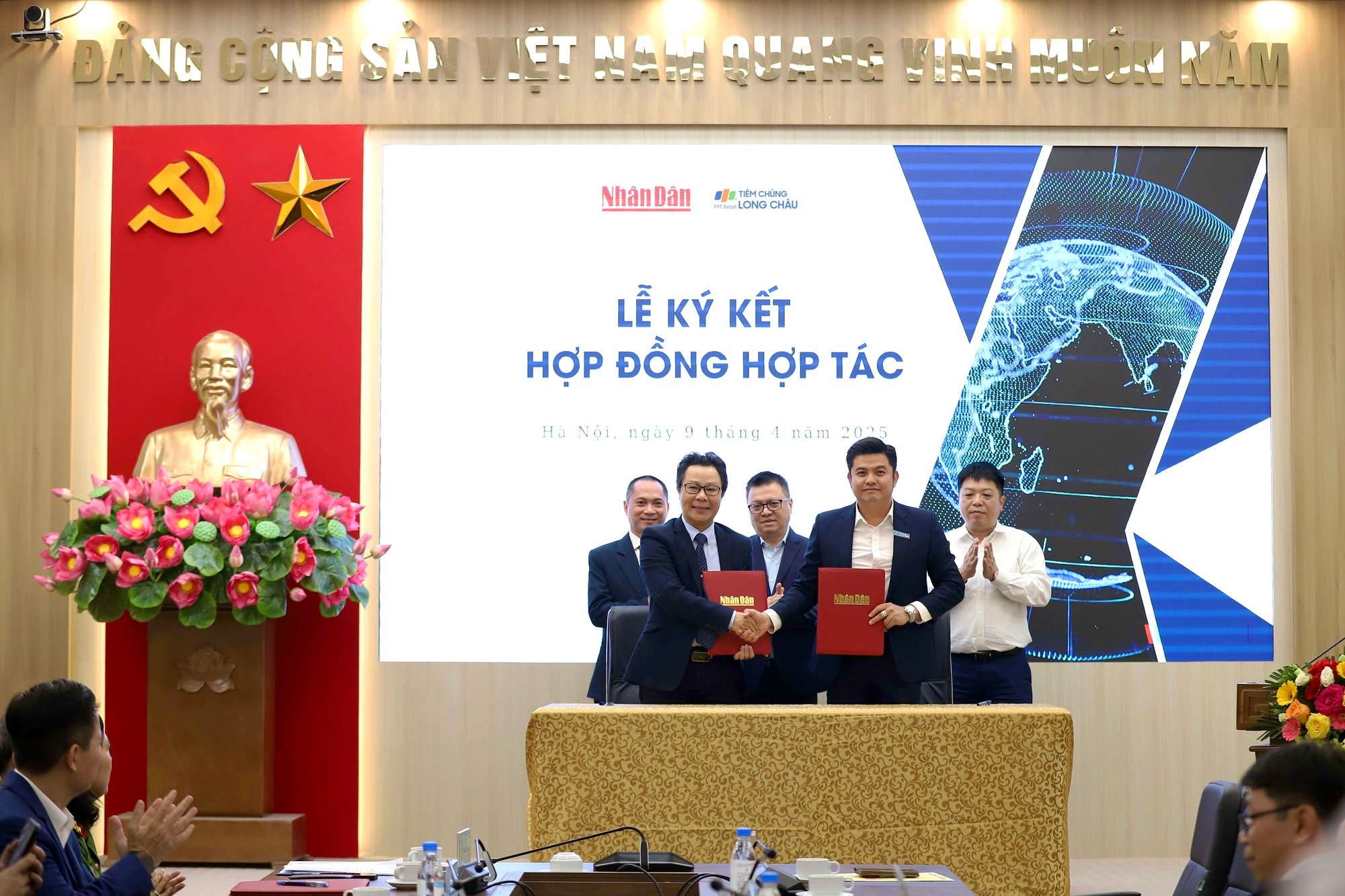

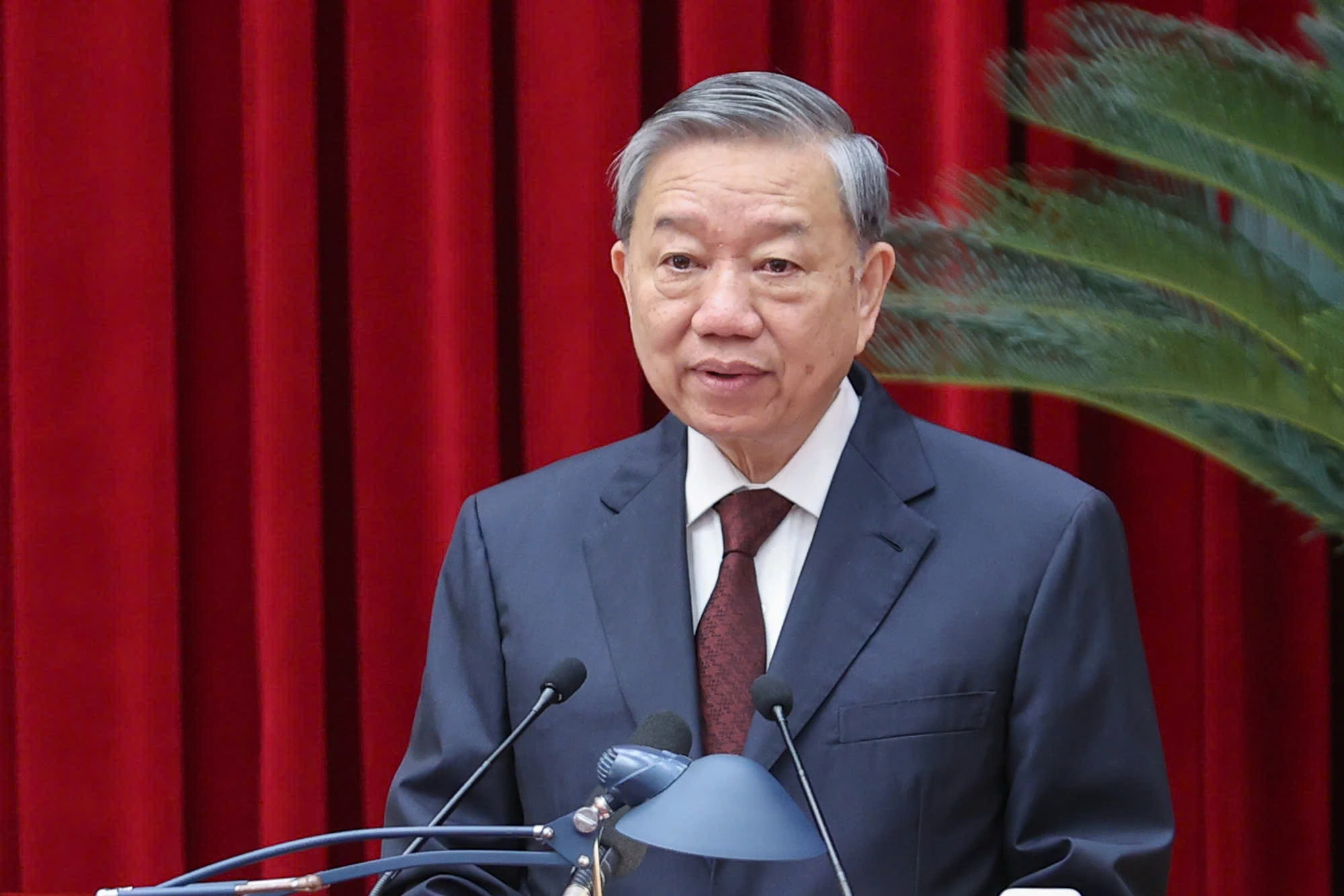

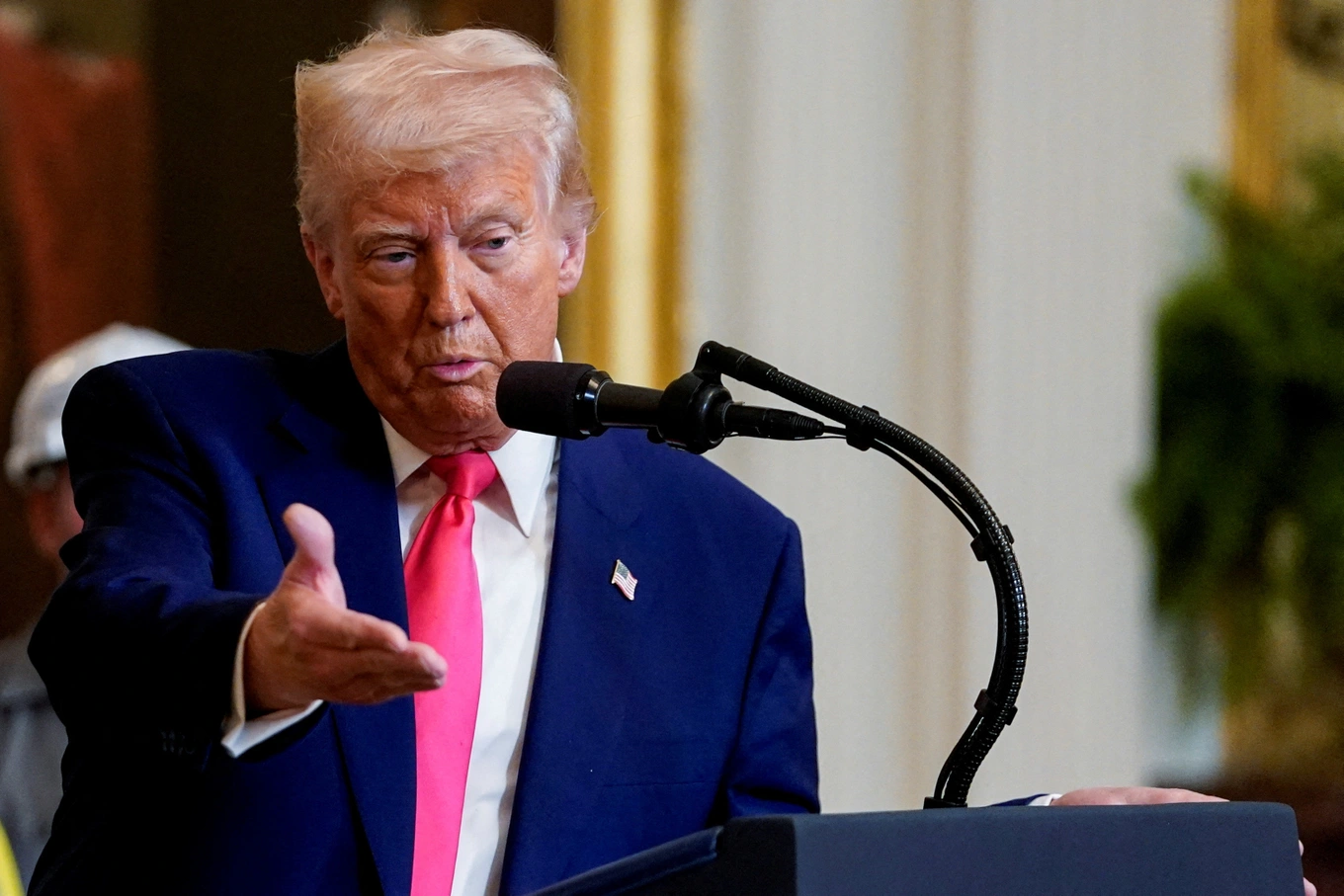
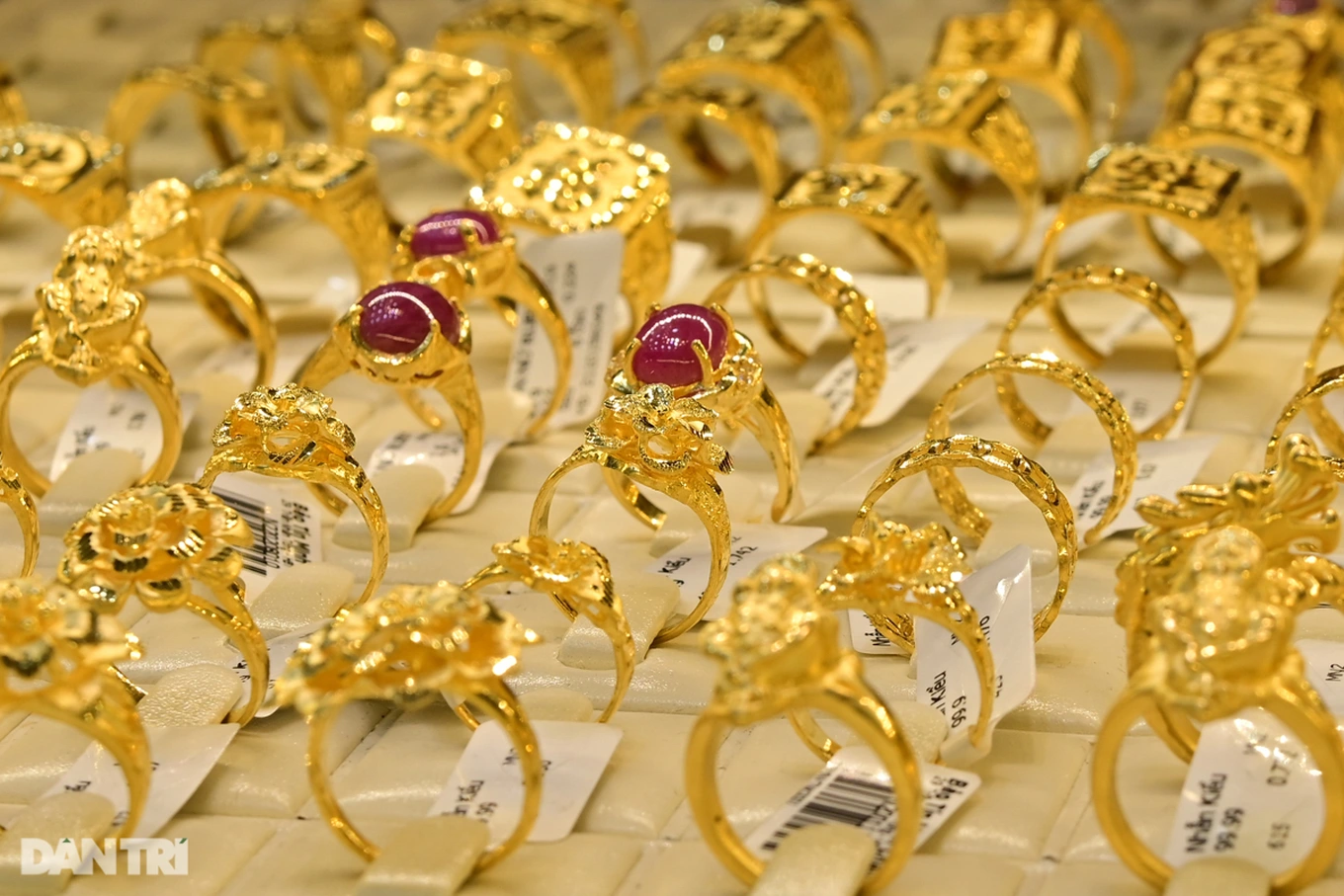
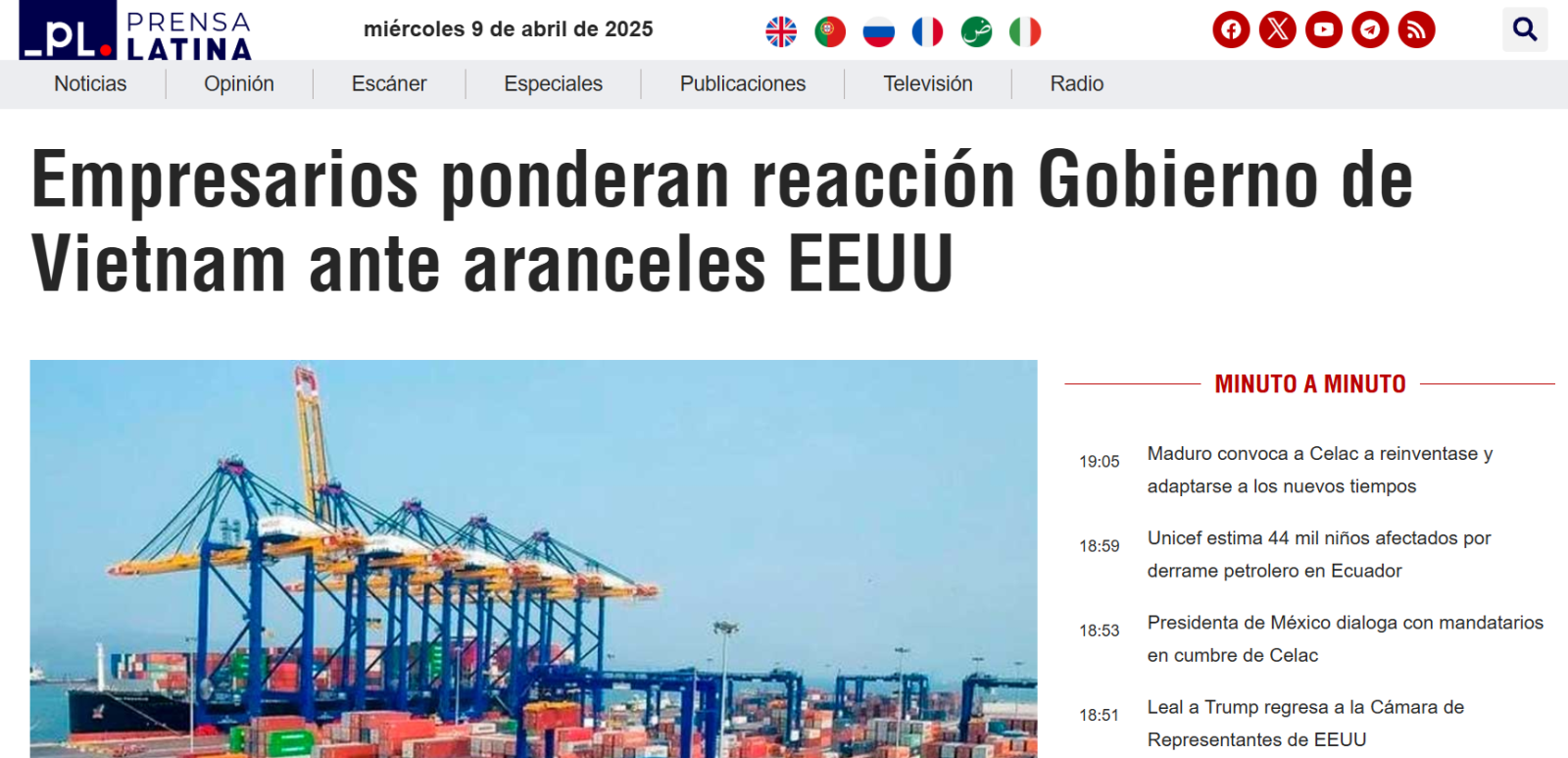









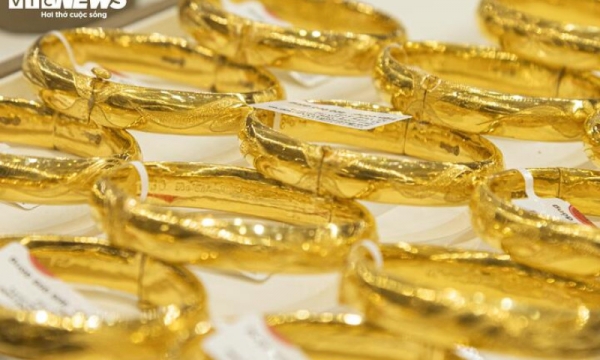

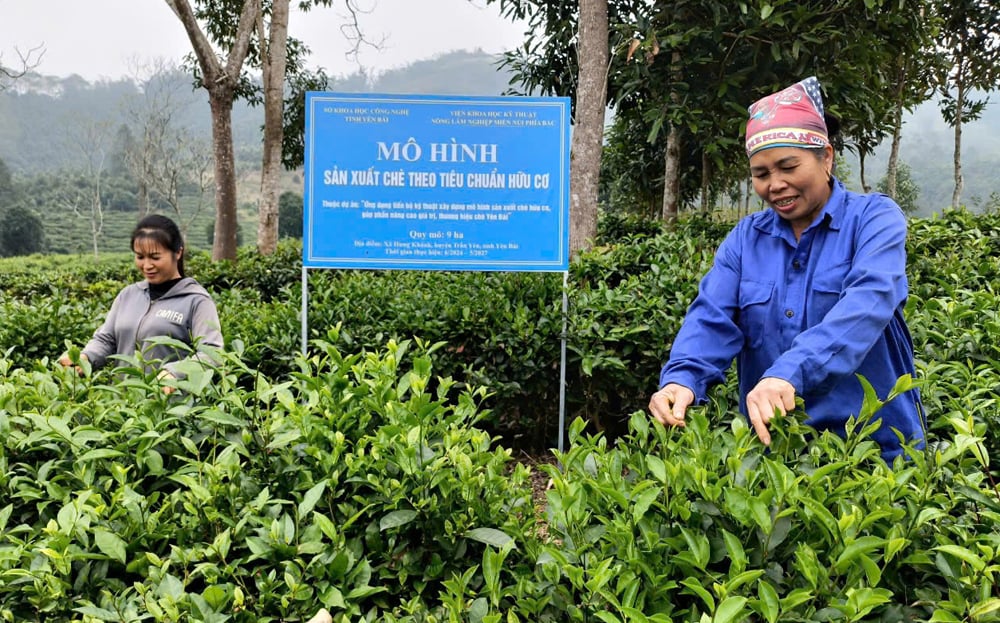
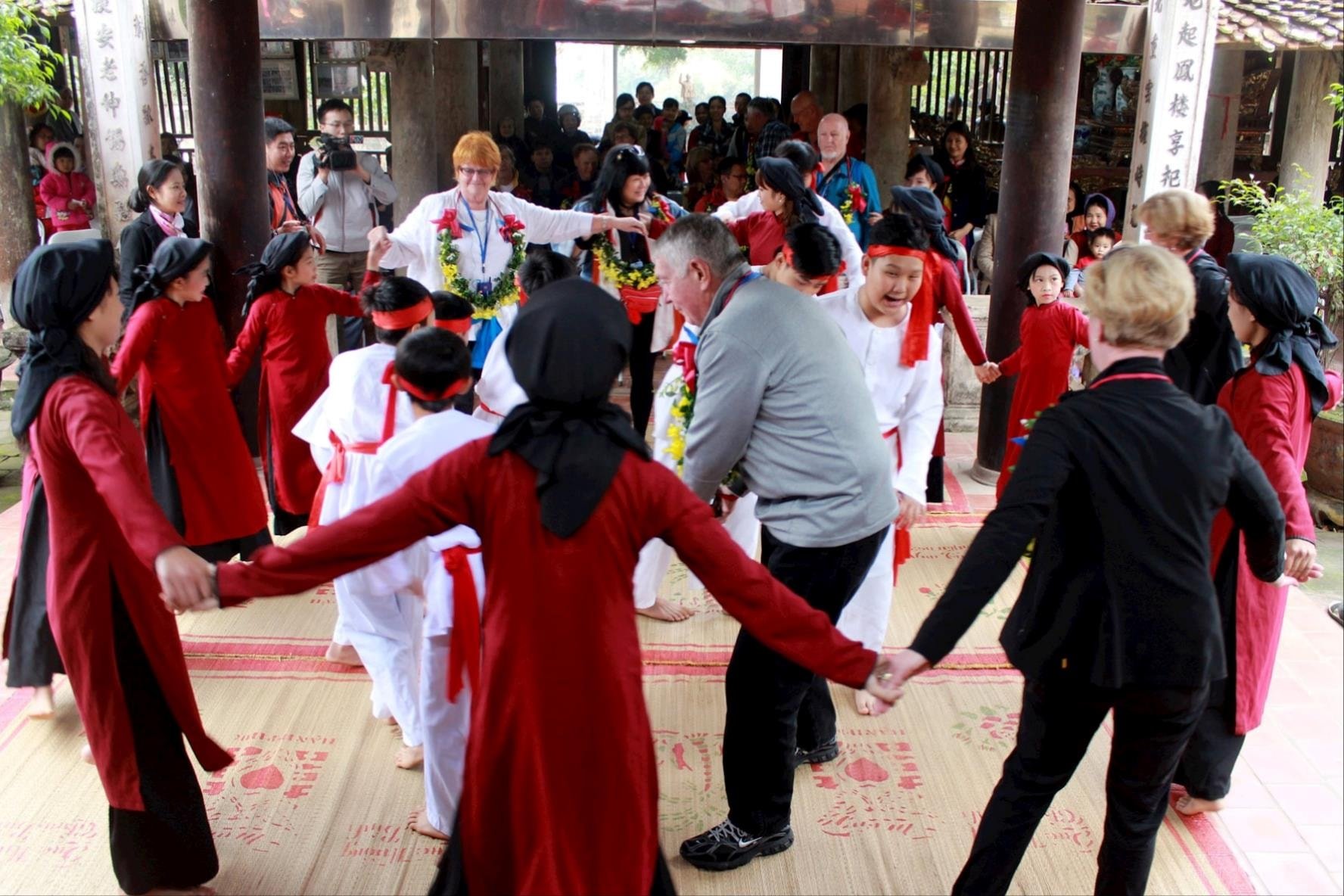
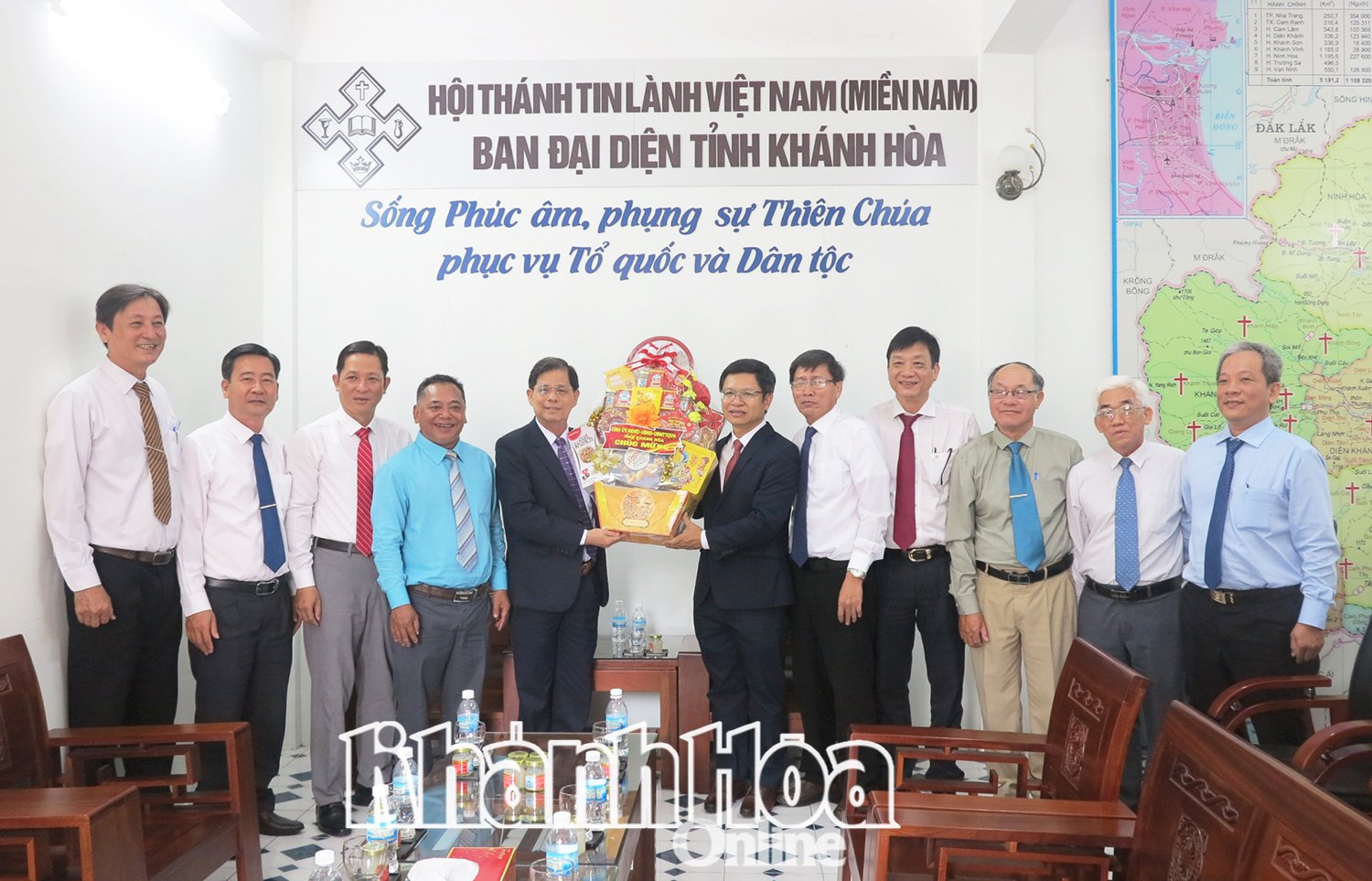
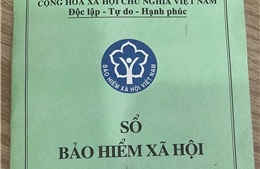








Comment (0)